Forums
- Forums
- Duggy's Reference Hangar
- USAAF / USN Library
- Bell XP-77
Bell XP-77
Post a reply
- Go to Previous topic
- Go to Next topic
- Go to Welcome
- Go to Introduce Yourself
- Go to General Discussion
- Go to Screenshots, Images and Videos
- Go to Off topic
- Go to Works in Progress
- Go to Skinning Tips / Tutorials
- Go to Skin Requests
- Go to IJAAF Library
- Go to Luftwaffe Library
- Go to RAF Library
- Go to USAAF / USN Library
- Go to Misc Library
- Go to The Ops Room
- Go to Made in Germany
- Go to Campaigns and Missions
- Go to Works in Progress
- Go to Juri's Air-Raid Shelter
- Go to Campaigns and Missions
- Go to Works in Progress
- Go to Skinpacks
- Go to External Projects Discussion
- Go to Books & Resources
-
9 years agoSat Aug 26 2023, 10:03amDuggy
 Main AdminThe Bell XP-77 had its origin in a prewar USAAF request for a study of the feasiblity of an ultralight fighter that would be smaller, faster, and more maneuverable than any fighter then in existence. The USAAF was particularly interested in exploring the possibility of using non-strategic materials such as wood, fearing that a shortage of aluminum might materialize.
Main AdminThe Bell XP-77 had its origin in a prewar USAAF request for a study of the feasiblity of an ultralight fighter that would be smaller, faster, and more maneuverable than any fighter then in existence. The USAAF was particularly interested in exploring the possibility of using non-strategic materials such as wood, fearing that a shortage of aluminum might materialize.
On October 30, 1941, the USAAF formally requested Bell's Chief Designer, Robert J. Woods, to study the problem. Six month later, Woods submitted a design for a low-wing monoplane with a tricycle landing gear and a laminar-flow wing equipped with manually-operated flaps. The structure was to be almost entirely of wood, but with a metal laminate skin.
Bell gave the project the company designation Tri-4, the designation being a shorthand for the USAAF requirement for "400 hp, 4000 pounds, 400 mph". The engine originally chosen for the Tri-4 was the twelve-cylinger Ranger XV-770-9 inverted-vee air-cooled supercharged engine which offered 500 hp. It was estimated that a top speed of 410 mph at 27,000 feet could be attained with this engine. Armament was to have been a pair of 0.50-inch machine guns in the fuselage plus a single 20-mm cannon firing through the propeller hub.
The USAAF authorized the procurement of 25 Tri-4s on May 16, 1942. The USAAF requested that provisions be made to carry either a 300-pound bomb or a 325-pound depth charge. This required that the 20-mm cannon be deleted.
Delays in the delivery of the supercharged Ranger XV-770-9 engine caused the USAAF to reduce the order to only six aircraft on August 20, 1942, at which time the designation XP-77 was assigned. In a formal contract issued on October 10, 1942, the USAAF ordered six prototypes of the XP-77, with serials being 43-34915/24920. In addition, two airframes were ordered for static tests. The first airplane was to be delivered within six months.
The program had by this time become known under the company designation of Model 32. The mockup was inspected on September 21/22, 1942. No less than 54 changes were requested by the USAAF. At that time, it was decided to install the unsupercharged XV-770-6 engine (which offered the same power up to 12,000 feet altitude) as a temporary measure for initial flight test trials, pending the availability of the supercharged XV-770-9.
It soon became apparent to the Bell design team that the XP-77 as originally planned would be seriously overweight, which if left uncorrected would result in an aircraft which offered no appreciable advantage in performance over aircraft already in production. Consequently, the Bell engineers undertook a drastic reduction program to cut the weight of the aircraft down to 3000 pounds. This rework caused costs to rise and the date of delivery of the first prototypes to be delayed. Because of the incessant delays and cost overruns, the USAAF cut the XP-77 order back to only two examples on August 3, 1943. The USAAF agreed that the engine was to be the V-770-7, the AAF designation for the Navy's V-770-6. No further consideration was given to the supercharged V-770-9.
Since Bell was already heavily committed to the P-39, P-63, and P-59 programs, the company began to request more and more delays in the XP-77 program. There were delays in the delivery of the wooden wings from the Vidal Research Corporation subcontractor, and there were problems with undercarriage retraction.
The two XP-77s were finally delivered in the spring of 1944. Serial numbers were 43-34915 and 43-34916. The low-mounted cantilever wing had a single-spar structure with stressed skin. The wing and the fuselage were largely constructed of resin-bonded laminated wood. The tricycle landing gear was electrically-operated. The nosewheel retracted rearwards into the fuselage, and the main landing gear retracted inwards into wheel wells in the wing. The flaps were manually controlled.
Test pilot Jack Woolams took the first XP-77 on its maiden flight on April 1, 1944 (April Fool's Day, no doubt a portent of things to come). Test flights showed that the performance was disappointing, a speed of only 330 mph at 4000 feet being attained. The takeoff run was excessively long, and test pilots complained that there were some unfavorable vibrations at certain engine rpm because of the total lack of engine support vibration-damping mounts.
The second XP-77 went to Elgin Field for fuel consumption and operational suitability trials. On October 2, 1944, this aircraft crashed after getting into an inverted spin as the result of a botched Immelmann maneuver. The pilot was forced to parachute to safety, and the aircraft was destroyed.
Flight trials continued with the first XP-77, but the USAAF was disappointed by the aircraft's relatively poor performance. The performance of the XP-77 was actually inferior to that of aircraft already in service. In addition, by that time in the war, any danger of an aluminum shortage had passed. Consequently, the ultralight fighter project was officially abandoned on December 2, 1944.
After cancellation, the first XP-77 went to Wright Field, then back to Elgin, then to Wright again. It was seen at various postwar airshows, often wearing spurious markings. The plane ultimately ended up as a gate guard at an air base entrance, and remained there for several years until it had so deteriorated that it had to be destroyed.
Serials of the XP-77:
43-34915/34916 Bell XP-77-BE
43-34917/34920 Bell XP-77-BE - cancelled
Specification of the XP-77:
Powerplant: One Ranger XV-770-6 twelve-cylinder inverted-vee air-cooled engine, 520 hp. Performance: Maximum speed 330 mph at 4000 feet, 328 mph at 12,600 feet. Initial climb rate was 3600 feet per minute, and an altitude of 9000 feet could be attained in 3.7 minutes. Service ceiling was 30,100 feet, normal range was 305 miles, and maximum range was 550 miles. Weights: 2855 pounds empty, 3583 pounds gross, 4028 pounds maximum takeoff. Dimensions: wingspan 27 feet 6 inches, length 22 feet 10 inches, height 8 feet 2 inches, wing area 100 square feet. Armament was two 0.50-inch machine guns mounted in the fuselage nose, synchronized to fire through the propeller arc. In addition, a 300-pound bombload could be carried.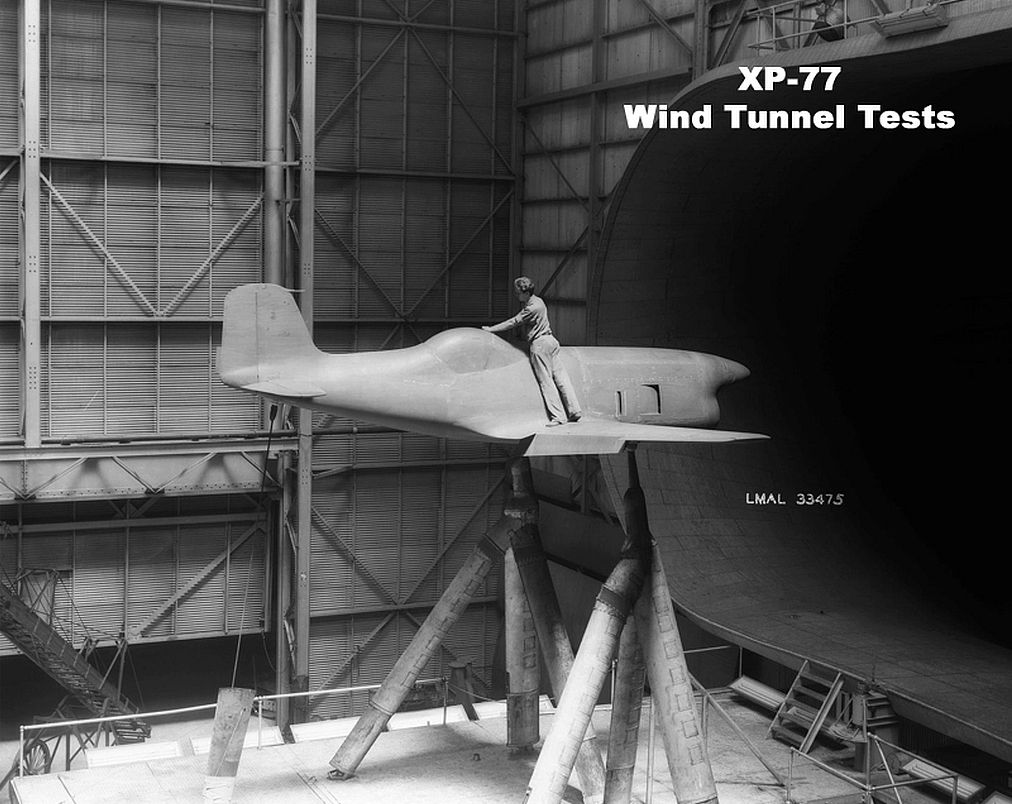
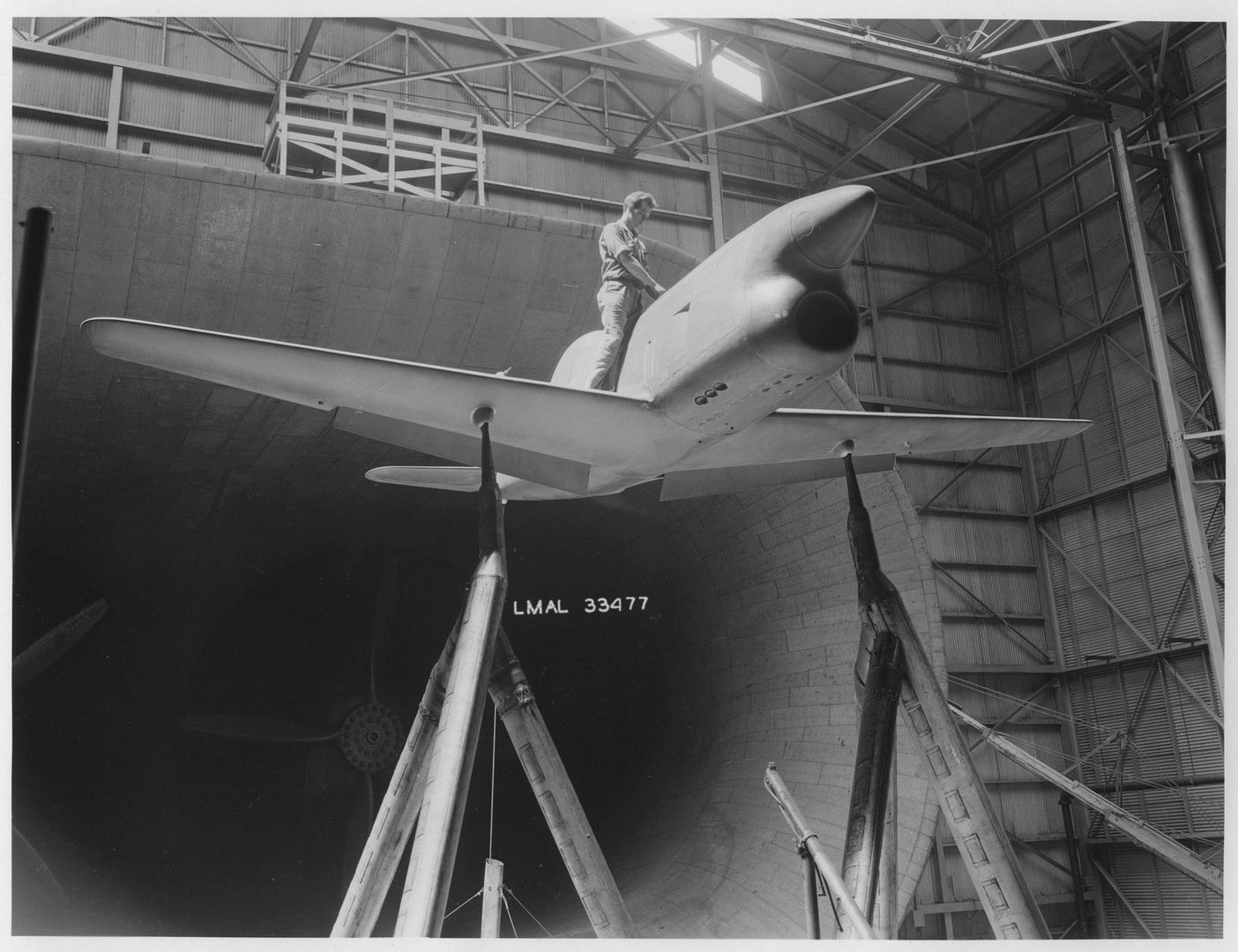
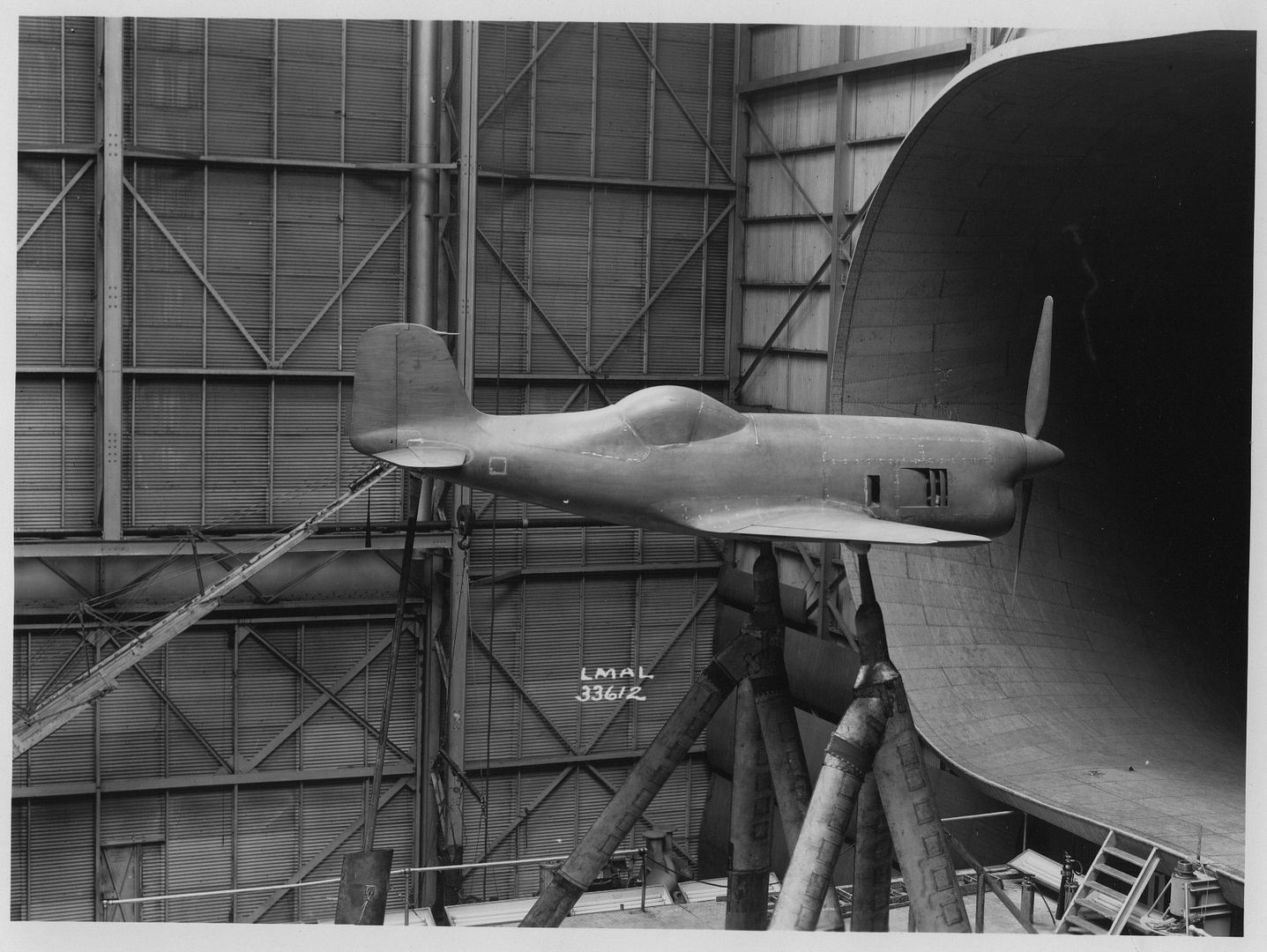
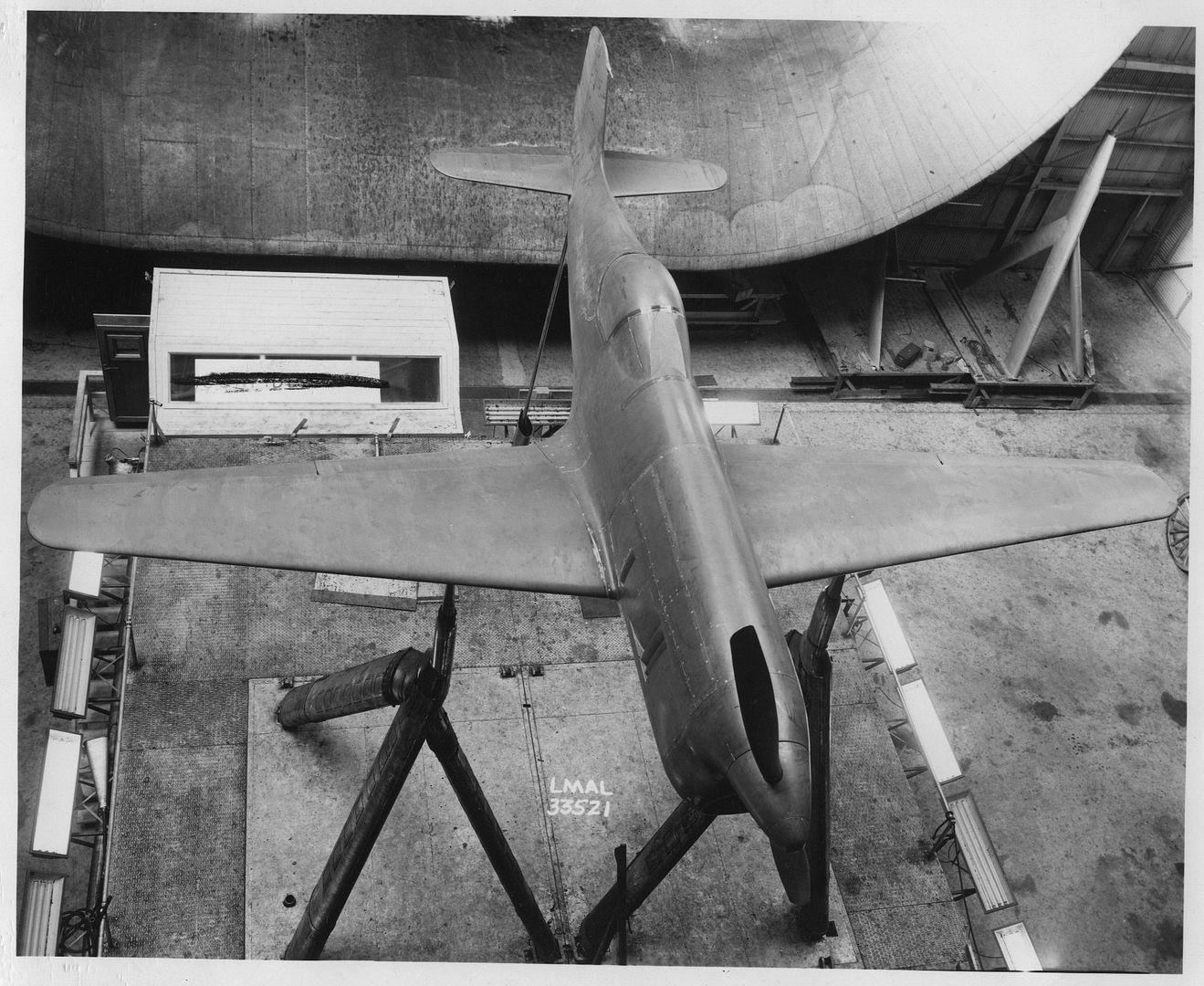

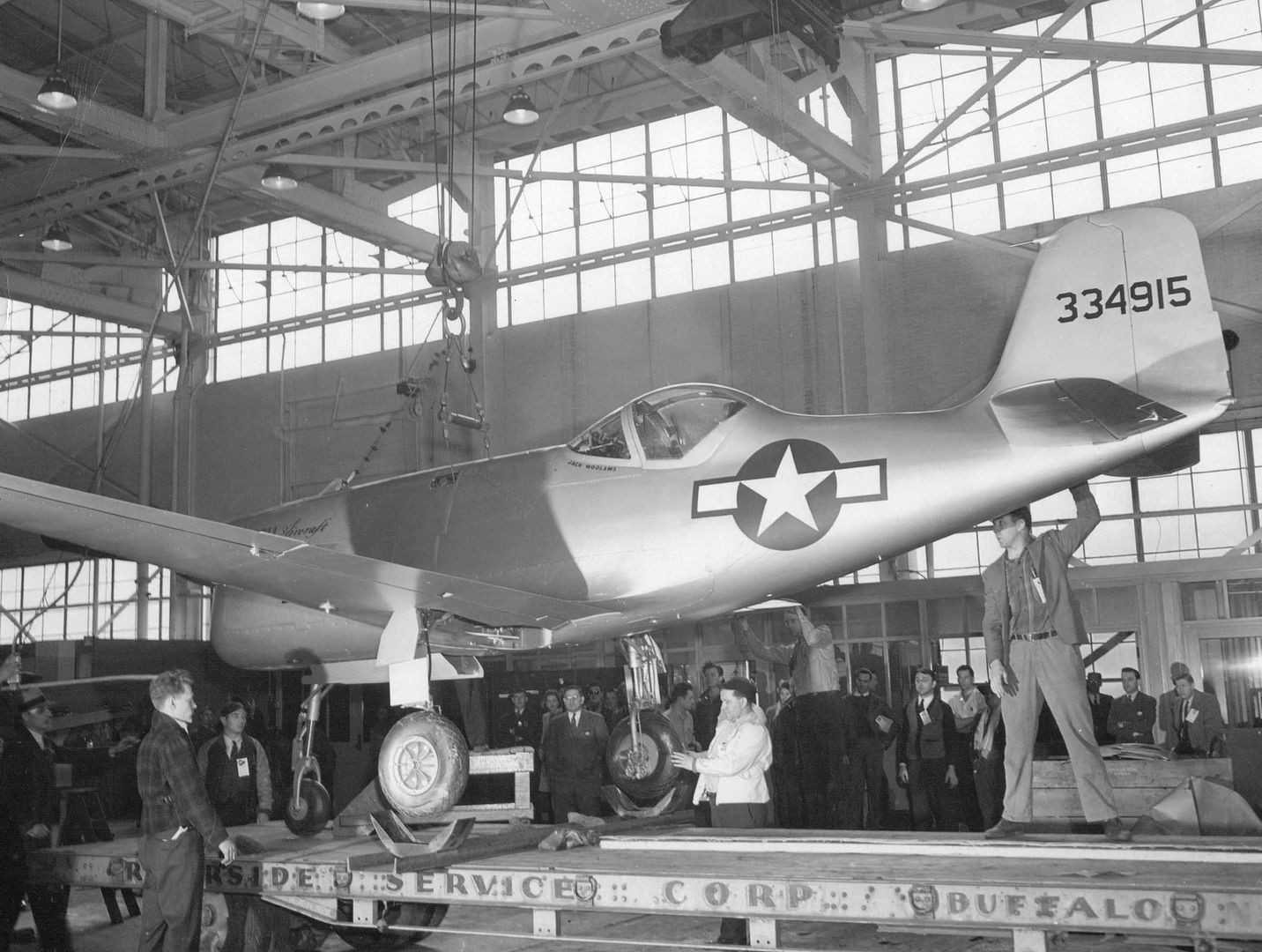
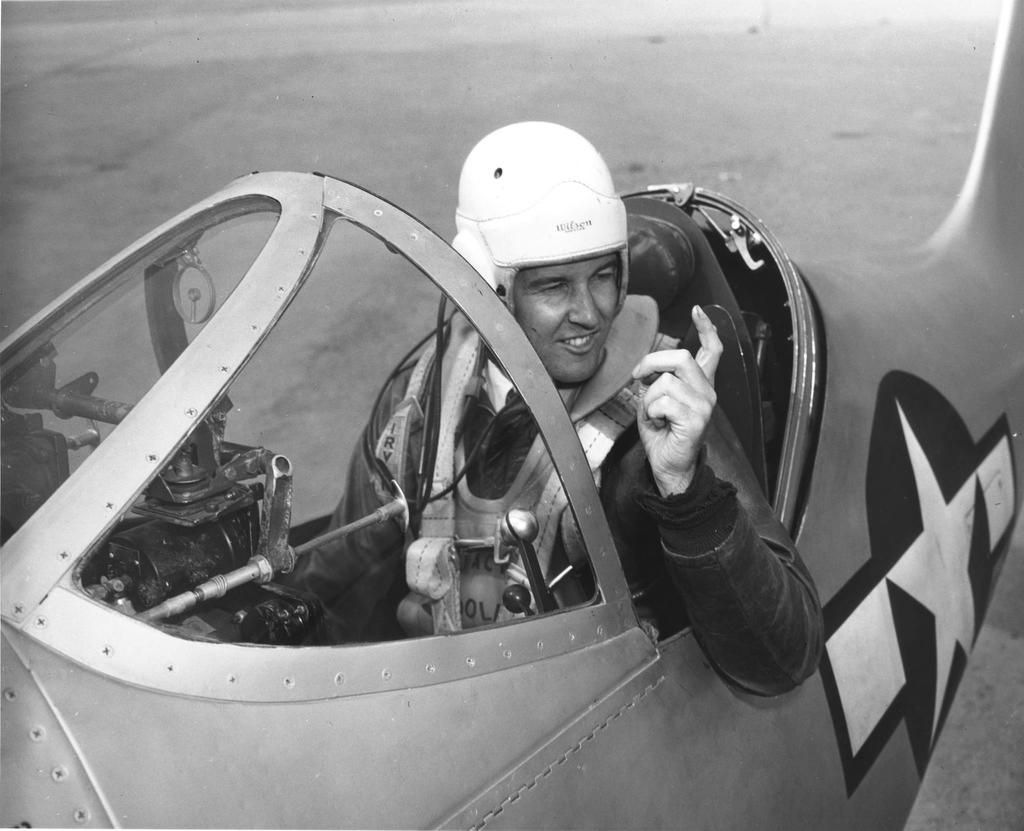
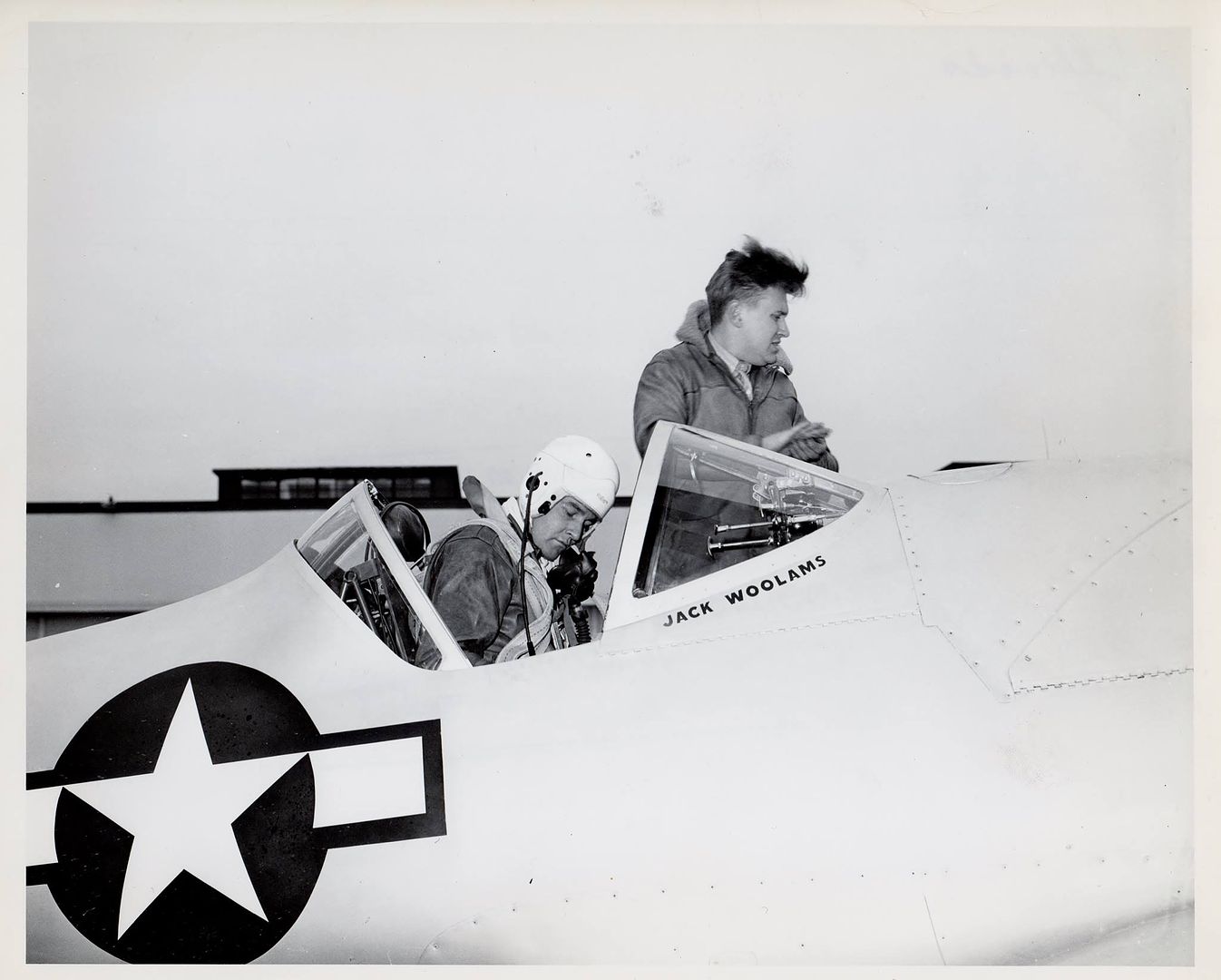
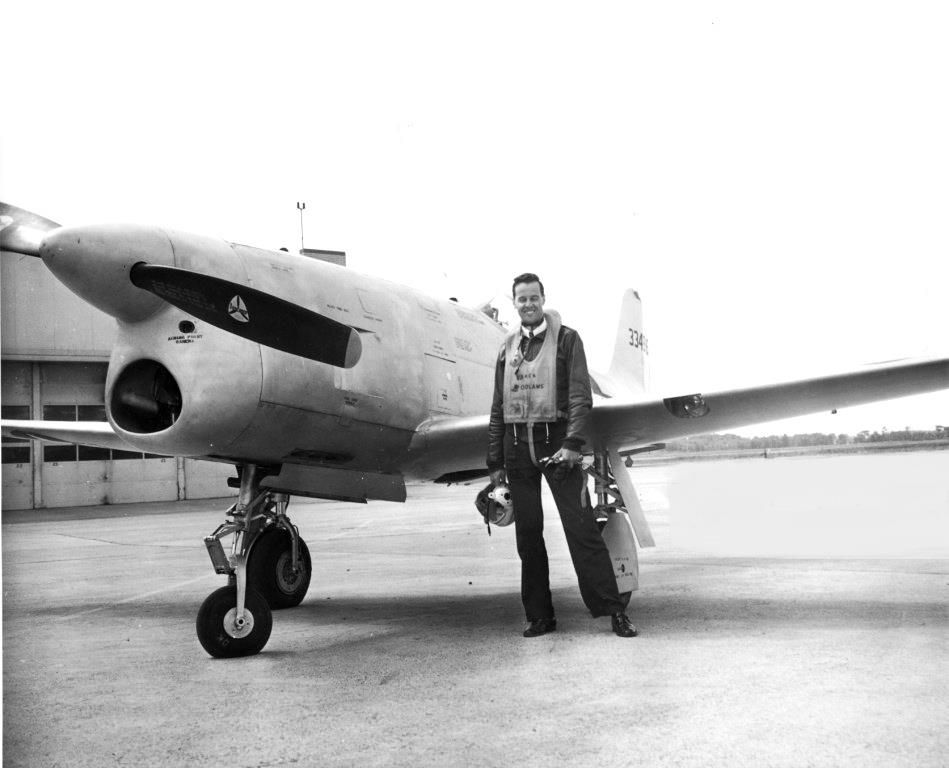
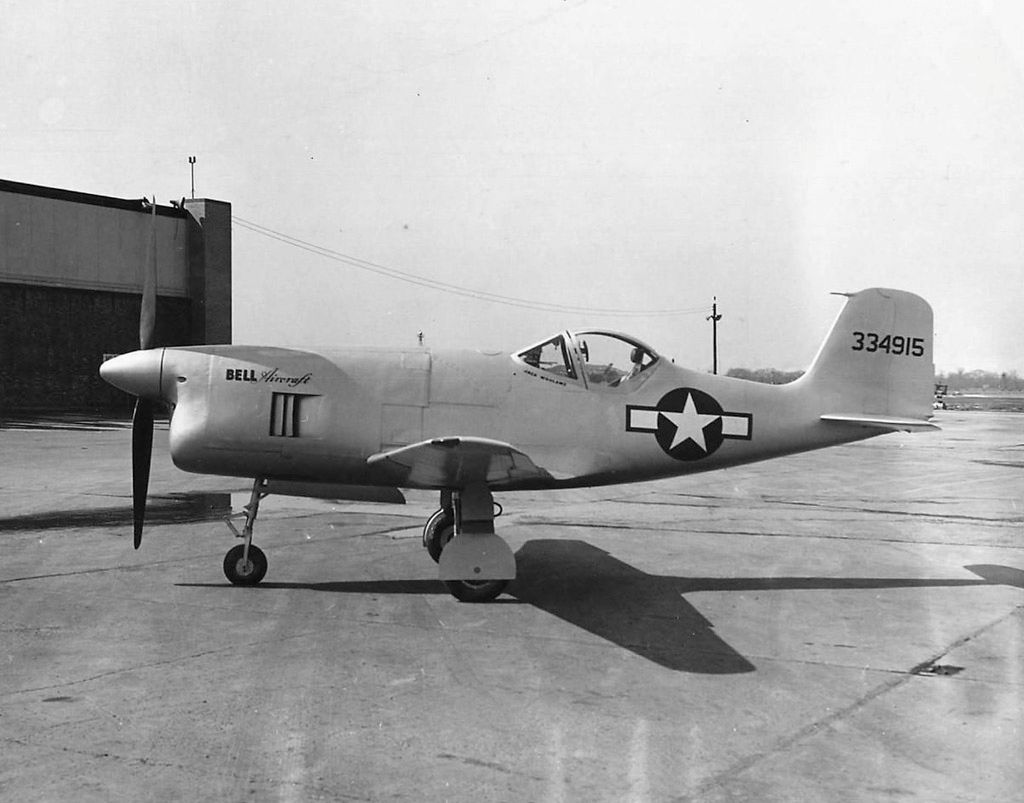
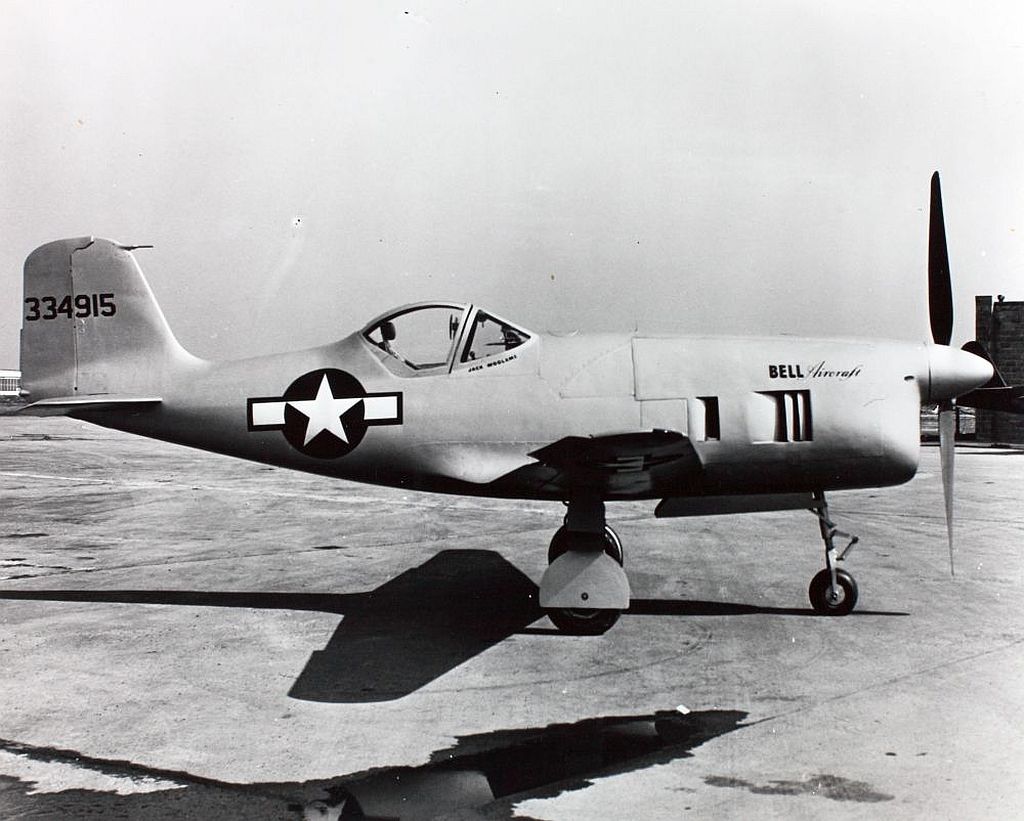
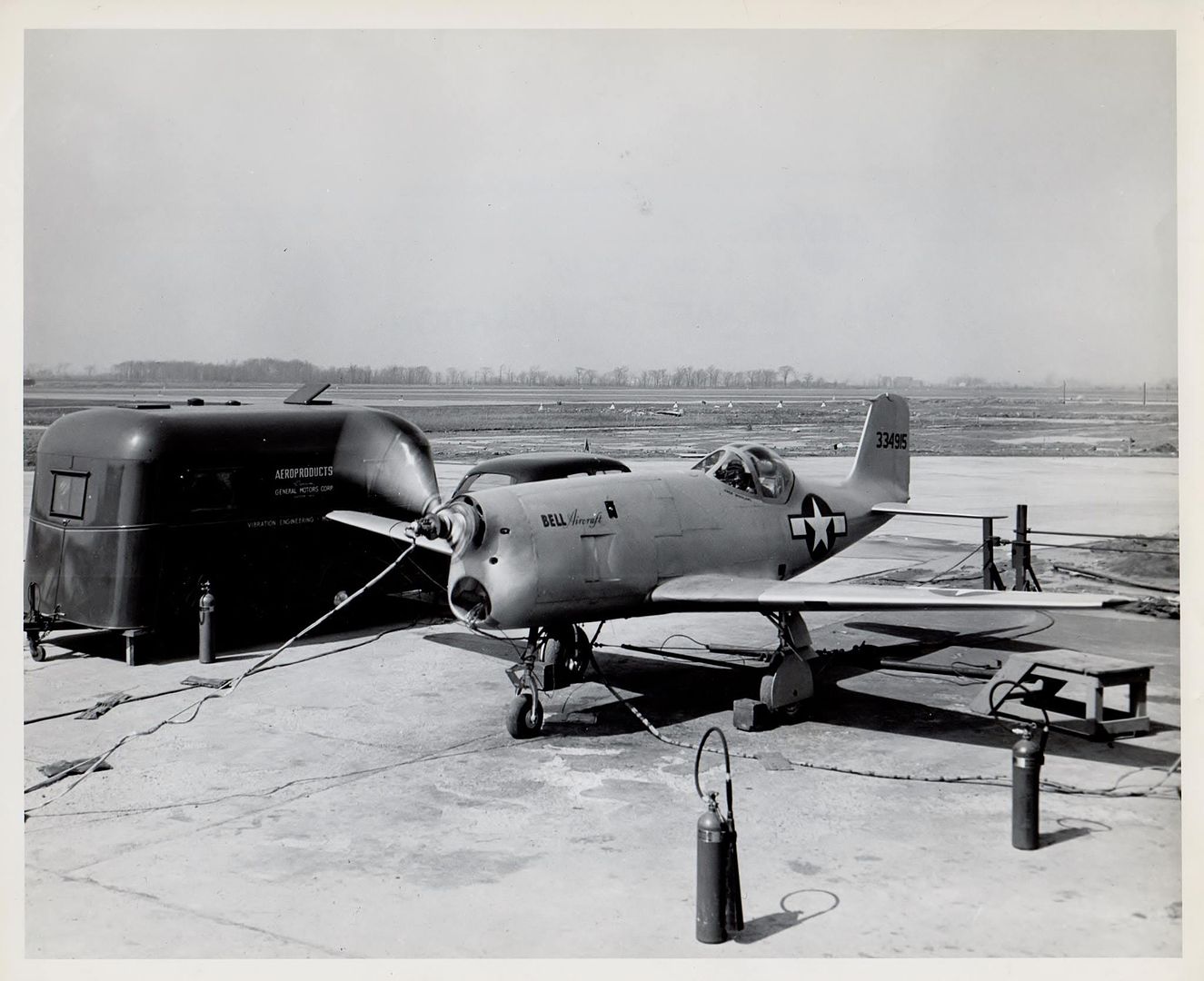
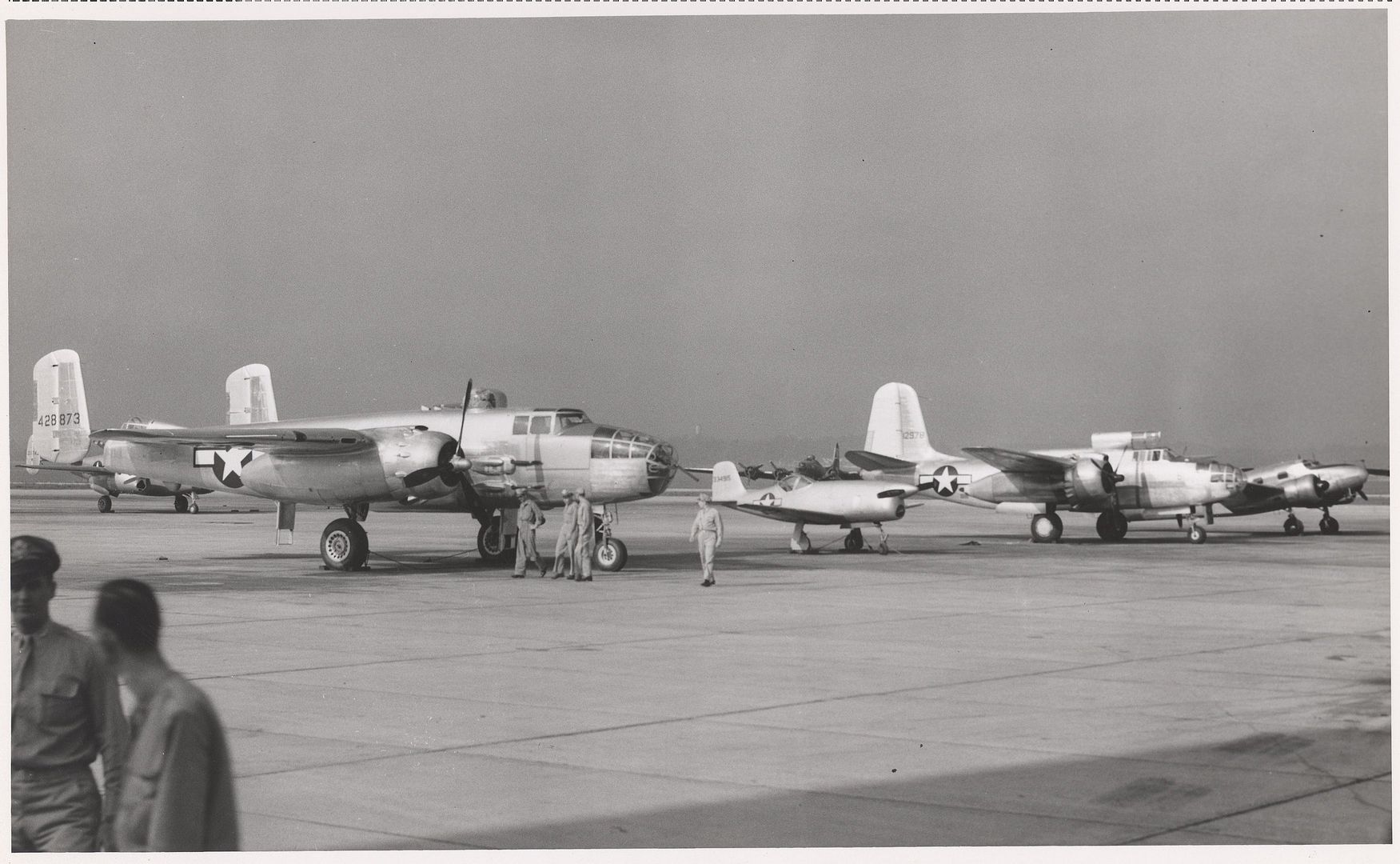

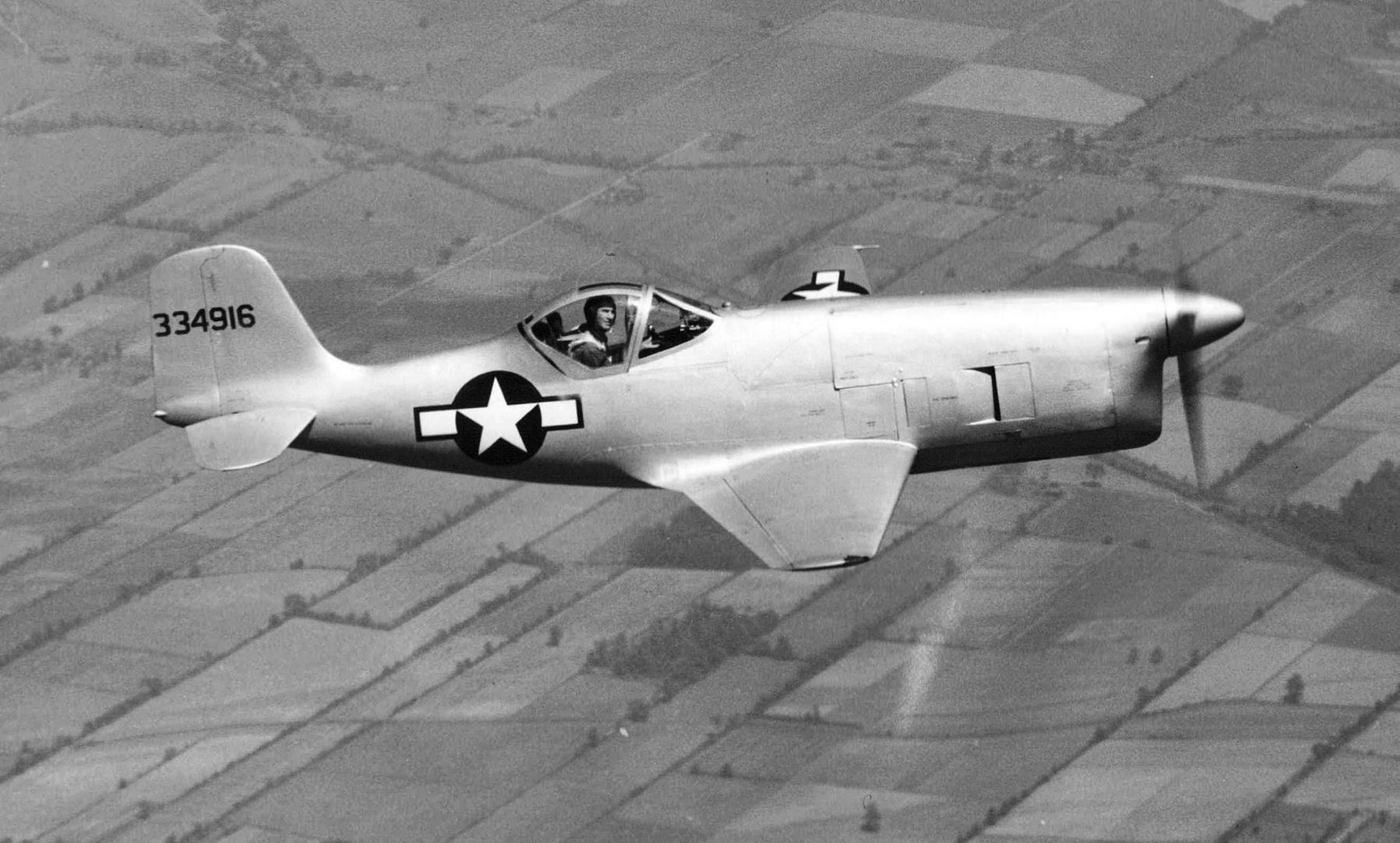
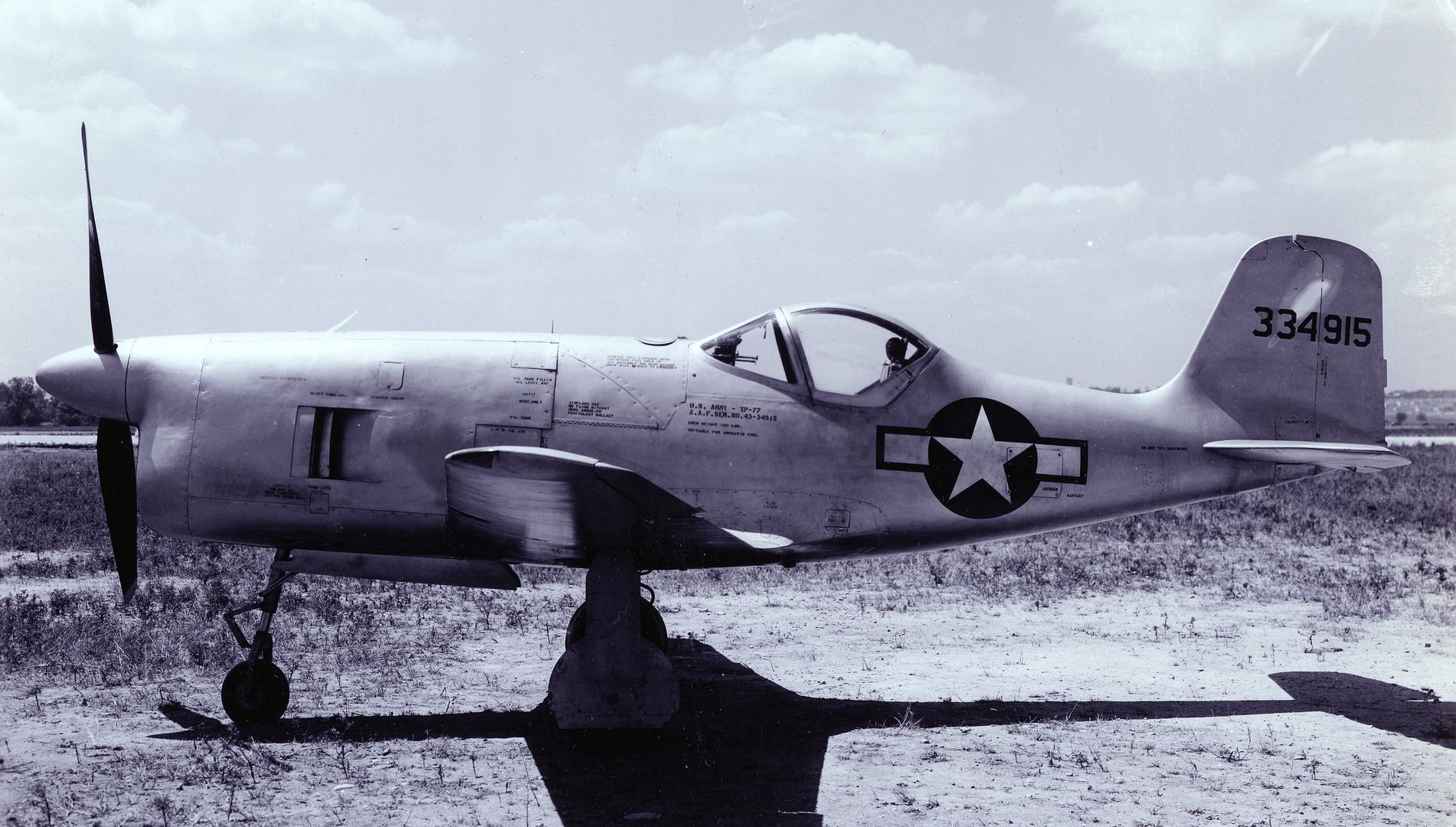
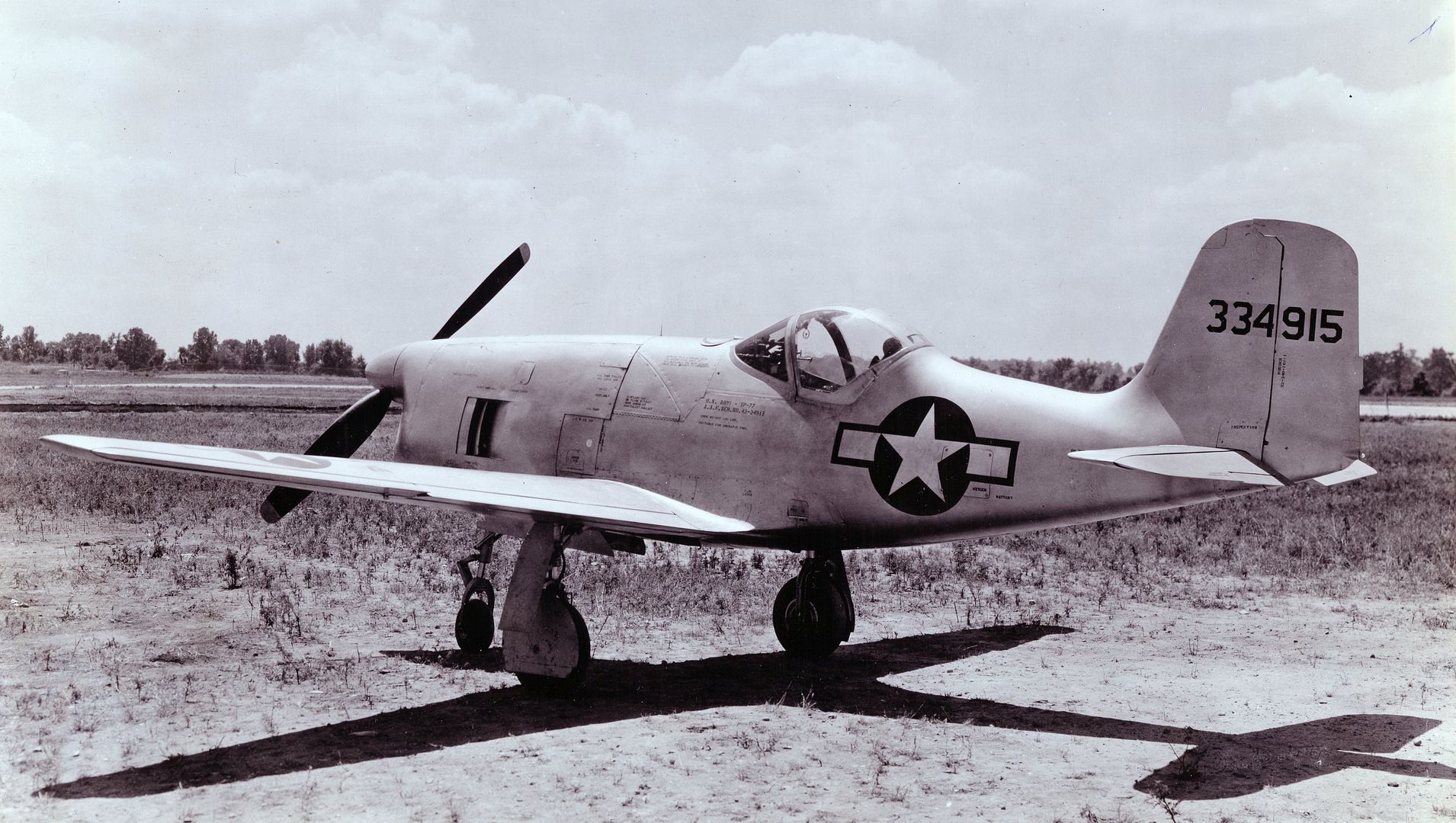
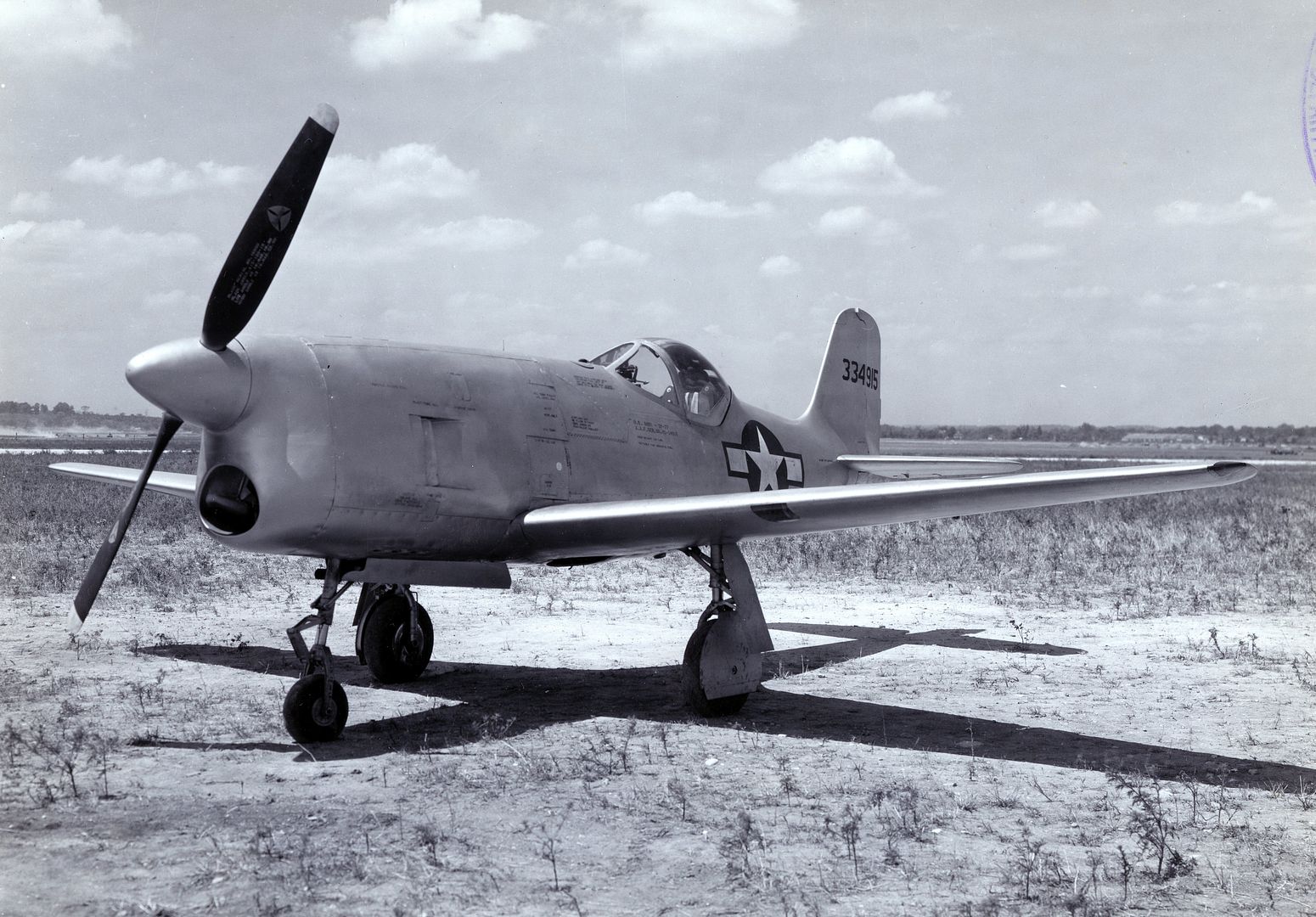

Post a reply
- Go to Previous topic
- Go to Next topic
- Go to Welcome
- Go to Introduce Yourself
- Go to General Discussion
- Go to Screenshots, Images and Videos
- Go to Off topic
- Go to Works in Progress
- Go to Skinning Tips / Tutorials
- Go to Skin Requests
- Go to IJAAF Library
- Go to Luftwaffe Library
- Go to RAF Library
- Go to USAAF / USN Library
- Go to Misc Library
- Go to The Ops Room
- Go to Made in Germany
- Go to Campaigns and Missions
- Go to Works in Progress
- Go to Juri's Air-Raid Shelter
- Go to Campaigns and Missions
- Go to Works in Progress
- Go to Skinpacks
- Go to External Projects Discussion
- Go to Books & Resources
